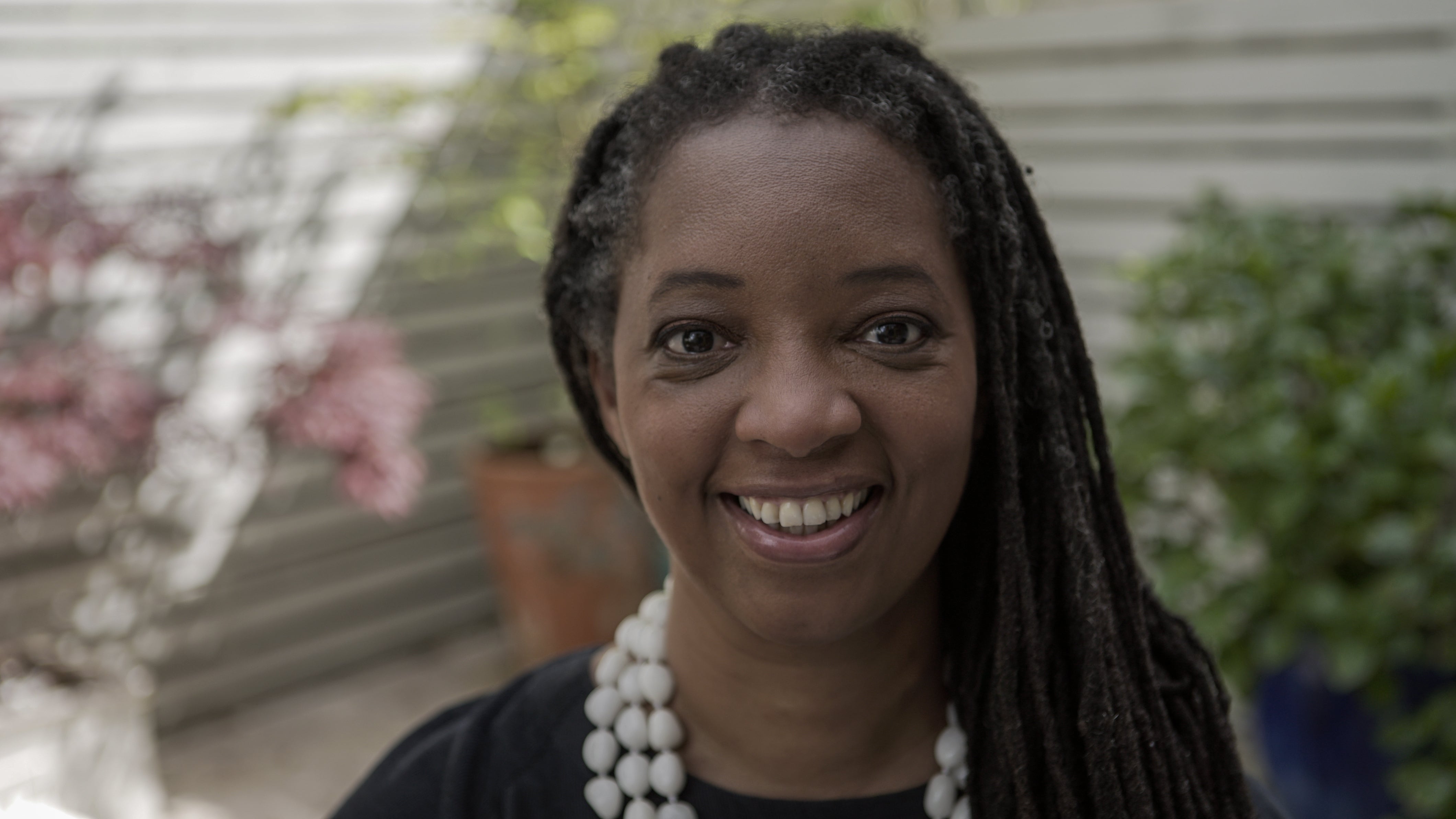
A Cambridge college alumnus said it was “very sad” that the master and current students felt uncomfortable entering the college chapel thanks to a memorial to a man who invested in slave trading companies.
But he said that “quiet, rational discussion” would help the situation.
The second day of an ecclesiastical court hearing was held to determine whether the university should relocate the memorial to Tobias Rustat from the chapel in Jesus College to a permanent exhibition space in the college.
In the first hearing of its kind, following recommendations made by the college’s Legacy of Slavery Working Party in 2019 and 2020, the college decided that the memorial was “incompatible with the chapel as an inclusive community and a place of collective wellbeing”.

Mr Rustat was a former student at Jesus College and an investor in the Royal African Company, a slave trading company in the late 1600s and 1700s.
According to the college, he went on to be one of its largest benefactors before the 20th century.
Andrew Sutton, an accountant and alumnus of Jesus College, was asked by Mark Hill QC, representing petitioners trying to move the memorial, whether it caused him “concern that the master of this college feels unable to enter the chapel of this college because of the presence of this memorial”.
Mr Sutton said that it did. Mr Hill added that he would rather that the memorial remained and that the master of the college “excludes herself or has to summon up the courage” to enter.
On Wednesday, Sonita Alleyne, Master of Jesus College and the first black female Master of an Oxbridge College, told the hearing that the chapel was a “sanctified space” and asked, “how much sin do you need to have before you come off the wall?”
Mr Sutton said on Thursday: “I’m afraid I cannot help the master or the undergraduates.”
He added: “I think all could be helped by informed, quiet, rational discussion.”
“I fear the cloud of misinformation still hangs over the college,” he said.
Mr Hill said that the presence of the memorial was an “enduring impediment” to the chapel’s use for secular activities for students.
“So you tell me,” said Mr Sutton.
“Do you have any sympathy with that?” said Mr Hill.
“It’s very sad,” said Mr Sutton.
Justin Gau of Pump Court Chambers, acting for the Rustat Memorial Group of alumni, who oppose the removal of the memorial, said that an email sent by a member of the college’s working party on slavery on December 19 2020 had “fed the undergraduates untruths”.
I don't understand how it is that so many of them use identical wording in their emails... a cut and paste job was done by undergraduates
Quoting the email, which said that Mr Rustat “amassed much of his wealth from the Royal African Company”, Mr Gau said: “Rustat did not amass much of his wealth, indeed he amassed nearly no money at all of his enormous wealth from any investments he had”.
He said that the email suggested “Rustat was rich through slavery – the bequest he made to this college is as a direct result of his investments in slavery, and unsurprisingly on the strength of that information many undergraduates were horrified”.
“I don’t understand how it is that so many of them use identical wording in their emails… a cut and paste job was done by undergraduates,” he added.
On Wednesday the court heard that many students’ emails about the memorial contained the same phrase: “It’s totally wrong for the statue of someone who was so heavily involved in the horrific crimes of slavery to be glorified in the heart of our community.”
Mr Gau said that the person who had sent the email was a member of the Legacy of Slavery Working Party at the college in a meeting of November 2020, a month before it was sent.
He said that the court had been told the case “was not about wokeism” or cancel culture but that Mr Hill had then “called witnesses who speak about the morality of slavery, Christian ethics and cancel culture”.
Paul Vonberg of Paul Vonberg Architects, appearing as a witness for the petition to remove the memorial, said that the harm of removing the monument was “small enough to be outweighed by the benefit”.
He said there was no guarantee he would receive the contract to remove the memorial and that his experience with 17th-century monuments was “limited”.
“I’ve dealt with many other things of equivalent sensitivity,” he said to Mr Gau.
Mr Vonberg said that the memorial “requires for its artistic appreciation to be at a high level”. Mr Gau suggested that its high position on the chapel wall did not mean it was being viewed with reverence.
Mr Vonberg said that any object which “shows a human figure, you are necessarily expecting reverence from those who view it”.
He said that the removal of the memorial would harm the chapel but said: “It’s my view that the harm is small enough to be outweighed by the benefit”.







